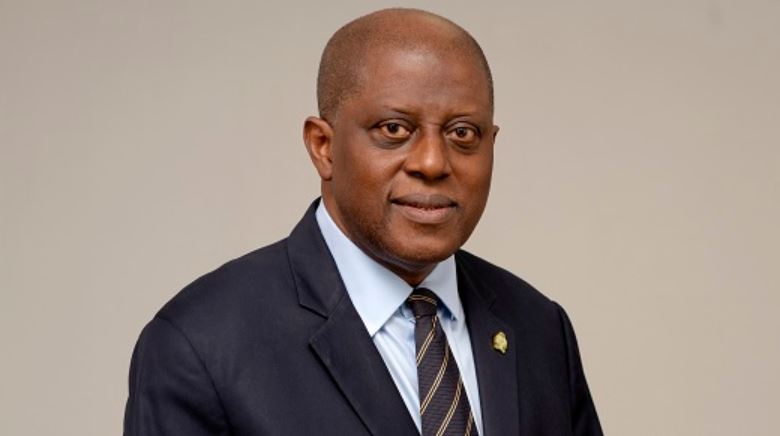Paragraph 1: Setting the Stage for the MPC Meeting
The 301st meeting of the Monetary Policy Committee (MPC) is scheduled for July 21-22, 2025, in Abuja, amidst a backdrop of declining inflation and relative stability in the foreign exchange market. The National Bureau of Statistics (NBS) reported a headline inflation rate of 22.22% in June, marking the second consecutive monthly decrease. This positive trend, coupled with a rebased Consumer Price Index earlier in the year, has sparked optimism that the MPC might shift from its hawkish stance and consider a rate cut. This meeting follows two previous holds on rates in 2025, preceded by six hikes in 2024, all aimed at curbing inflation.
Paragraph 2: MPC’s Previous Stance and Considerations
In its May 2025 meeting, the MPC opted to maintain the benchmark interest rate at 27.50%, citing cautious optimism stemming from improving macroeconomic conditions. These included a narrowing gap between official and parallel exchange rates, declining fuel prices, and a favorable trade balance. While acknowledging these positive signs, the committee emphasized the persistence of re-inflationary pressures, cautioning that premature rate cuts could destabilize the naira, particularly as recent forex gains were attributed to high yields on Open Market Operation bills. The MPC stressed the need for continued monetary reforms to bolster investor confidence.
Paragraph 3: Divergent Views and Expert Opinions
Stakeholders hold differing views on the MPC’s likely course of action. Some anticipate a marginal reduction in the Monetary Policy Rate (MPR) given the moderating inflation and exchange rate stability, while others believe the MPC will maintain its current stance. Analysts at Afrinvest Securities Limited, for instance, predict the MPC will hold steady due to external risks, food supply shocks from insecurity and flooding, and uncertainties surrounding the delayed release of Nigeria’s rebased GDP figures. Conversely, Bismarck Rewane of Financial Derivatives Company Limited advocates for a 25 basis point cut to 25%, citing the IMF’s inflation forecast and potential benefits for small businesses and the productive sector.
Paragraph 4: Factors Influencing Inflation and Exchange Rate
Several factors contributed to the June inflation decline, including lower fuel prices, relative exchange rate stability, and slower money supply growth. Financial Derivatives Company (FDC) projected a June inflation rate of 22.65%, highlighting the impact of these factors. They also noted the potential for further inflation easing if Dangote Refinery cuts ex-depot prices, leading to lower pump prices. The naira’s appreciation against the dollar, fueled by exchange rate expectations, subdued forex demand, and sustained CBN intervention, has further contributed to the positive economic outlook.
Paragraph 5: CBN’s Perspective and Future Outlook
CBN Governor Olayemi Cardoso emphasized the central bank’s commitment to consolidating market gains, enhancing collaboration with the fiscal sector, and maintaining focus on liquidity and transparency in forex operations. He reiterated the CBN’s dedication to achieving stability in the forex and financial markets, bringing inflation down to single digits in the medium to long term. Analysts at Cordros Securities project continued robust GDP growth with easing economic strains, suggesting the MPC might consider a gradual shift towards monetary easing in the second half of the year. However, they caution that global financial conditions and geopolitical uncertainties could limit the extent of any rate cuts.
Paragraph 6: Balancing Risks and Policy Considerations
The MPC faces a complex decision, balancing the positive momentum of disinflation and exchange rate stability against potential risks. Market participants are already adjusting yields downwards in anticipation of potential easing. Analysts emphasize the delicate balance policymakers must strike: tightening too much could stifle growth, while easing prematurely could reignite inflation. Discussions also highlight the limitations of monetary policy tools, with interest rates and reserve requirements already at high levels. The Nigerian Economic Summit Group suggests the MPC might adopt a more accommodative approach by late 2025, potentially lowering rates to stimulate economic activity. The upcoming MPC meeting will be crucial in charting the course of Nigeria’s monetary policy in the face of evolving economic dynamics.


